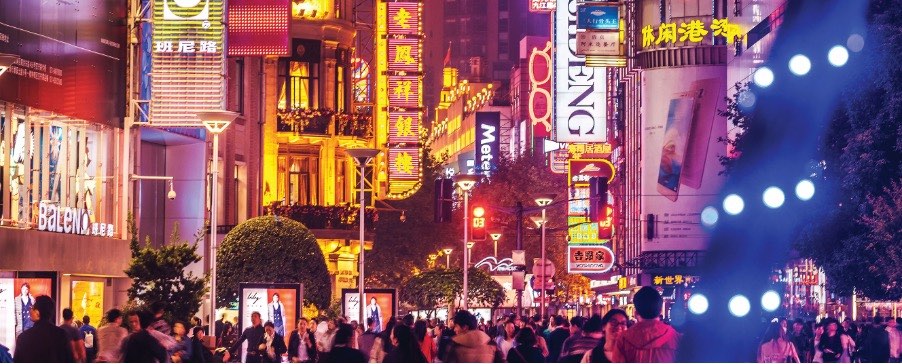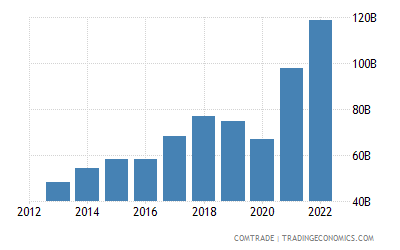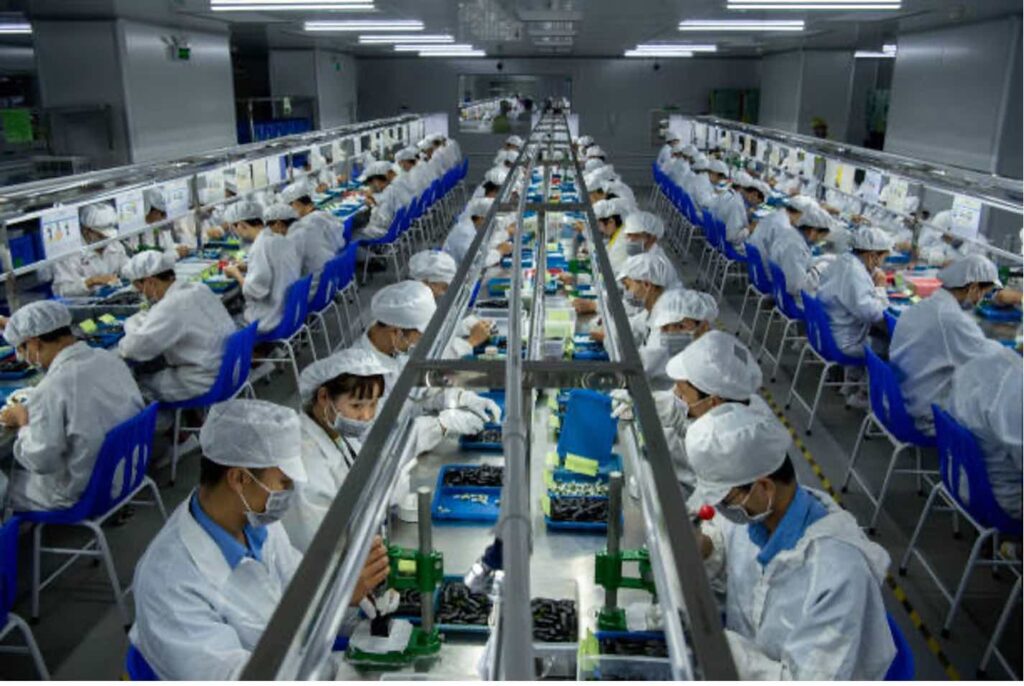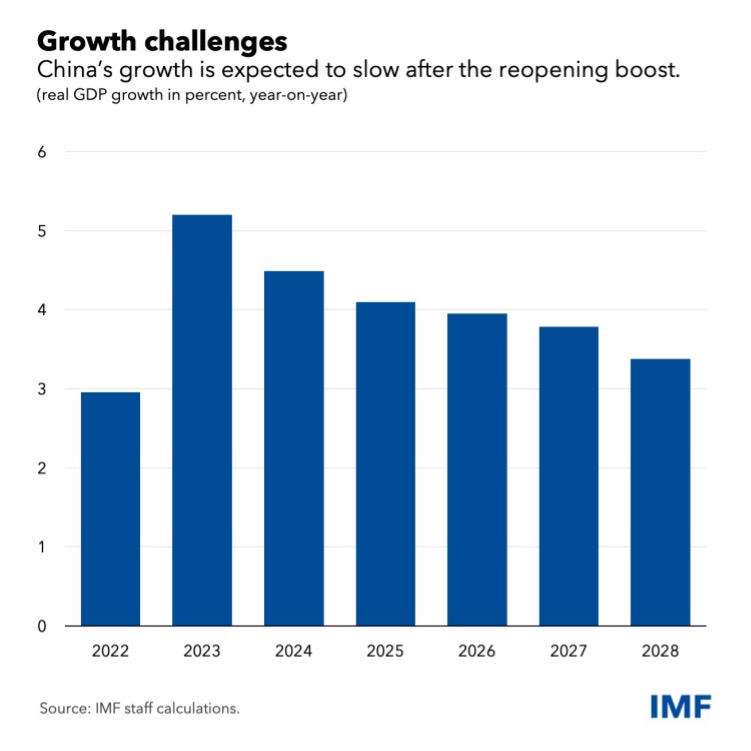Currently valued at around 18.1 billion dollars, the Chinese economy has always been one of the largest economies in the world. This is owing largely to the fact that situated within the borders of this massive country is a bounty of natural and man-made resources. China managed to keep their economy steady, and at times even flourishing, through centuries of political upheaval while simultaneously keeping its culture alive and intact. This was because China had been relatively isolated from the rest of the world. However, this self-imposed isolation caused the Chinese imperial economy to stagnate and eventually collapse. Economic stagnation was still seen in the first half of the 20th century when China adopted a communist government. It was only in the latter half of the century that the Chinese government opened itself up to foreign investment and trade, and by thus implementing free-market reforms China entered the global economic order and took its first steps towards climbing to the top of it.

China’s Economic History
Prior to 1979, China’s economy had been stagnant and rather inefficient due to the Soviet-style communist government policies implemented during the tenure of Mao Zedong. A large part of the country’s economy was controlled by the state making it a centrally planned command economy. Every aspect of the economy including resources like land, labour and industries was all controlled and run by the state. The economic output, production goals, resource allocation and prices were all decided on the basis of the communist government’s directions. This meant that competition and foreign investment were practically nonexistent, and that trade flow was heavily controlled. Such stringent control over the economy leads to widespread economic distortions, which in turn lead to a significantly lower standard of living in China.
In the 1970s China started transitioning towards a more decentralized economic system. Under the leadership of Deng Xiaoping market reforms were introduced. Agriculture was decentralised and incentives were initiated by the government to encourage farmers to start selling a part of their crop in the free market. The economic policy now focused on decentralizing economic control of various industries. Special economic zones were set up specifically to boost foreign investment. The Chinese economy sustained rapid economic growth by initiating rapid production growth that was aided by substantial capital investments. The free-market reforms brought about competition which led to an increased industrial efficiency, which in turn helped boost output production. Coupled with this is the fact that China has always maintained a high rate of gross domestic savings. This meant more resources for the government to invest back into the domestic market.
Trade barriers were removed which increased FDI and competition in the market. This liberalization played an important role in cementing China’s place as an emerging superpower in the global economy.
The image below shows China’s exports from 2012 to 2022.

China as a Manufacturing Hub
One of the main ways in which China established itself was by becoming a major manufacturing hub for the rest of the world. The pace of industrial diversification in China increased multi-fold post-1990 with the development of industries like software, chemical manufacturing, aerospace, precision equipment and consumer goods. Furthermore, China has a very large workforce which contributes greatly to industrial productivity. A mixture of ‘cheap labour’ and favourable tax policies created a very strong business system that was specifically conducive to maintaining and furthering China’s position as a global manufacturing hub.
The process of industrialization in China did not take place in a very consistent manner. The uneven concentration of natural and human resources in the country produced regions of high wealth, for instance, the regions of Beijing, Tianjin, lower Yangtze River etc. that accounted for a significant part of the country’s GDP. National economic policies were often geared around accelerating the growth in these regions over other less developed ones which lead to a severe developmental disparity. A good portion of low-income rural workers migrated to the cities or to one of these regions of wealth to look for jobs.
During The Great Internal Migration of the 1990s, a large number of peasants and farmers migrated to the cities and took up jobs in other industries. However, the cities were not very welcoming. Local concerns of social instability caused by the high rates of urban unemployment meant that local governments placed restrictions on the type of jobs migrants could take up. These rural migrants were mostly young, physically fit, and had little to no education. Often, they were forced to work in the hazardous environments of the manufacturing industry with very little pay.

The Chinese business ecosystem must also be taken into consideration. It is a network of producers, suppliers, workers, consumers, and state machinery that work together to ensure efficiency while simultaneously maximizing output in a highly competitive market. The efficiency of these supply chain networks can be very attractive to multinational companies, and they are thus encouraged to make use of the manufacturing units in China instead of setting up their own units in their own countries.
End of an Era
Over time the very business ecosystem that firms and multinational companies relied on for seamless manufacturing became increasingly inefficient. Increases in the cost of labour, over-dependence on the construction industries, local indebtedness and loss of competition caused the GDP growth rate to decline. Further, the worsening relations between China and the USA, and governmental policies that left other nations feeling antagonized created a shift in global manufacturing. Structural imperfections in the Chinese economy were observed which caused FDI to decline, calling into question China’s position as a reliable partner for both trade and investment.

China has been losing significance as a manufacturing hub to countries like Vietnam, Bangladesh and Malaysia. Cheap labour and favourable policies in these countries are causing industries to move manufacturing over to these regions now. Vietnam’s share of global exports has been rising since 2016 while China’s share has since declined.
The Road Ahead
According to IMF projections, the Chinese economy is set to expand by 5.2% in 2023. This increase in the growth rate of the Chinese economy is a cause for celebration as China is expected to account for a third of the total global growth this year. However, this growth will not be without challenges. The IMF also projects the growth rate to decline below 4% over the next five years if measures to reform the decreasing returns to capital investment along with measures to boost productivity are not introduced.
It is imperative to ensure that China’s growth rate does not fall over the next few years. According to IMF projections, an increase in China’s growth rate by 1% will cause growth in other countries to increase by around 0.3% as well. This is because the volume of global trade will decline, causing conflict within China and also internationally. Europe’s position in this scenario must be taken into consideration as it is an important trading and investment partner for China. However, in recent times it can be seen lending support to the USA by imposing sanctions that restrict China’s access to semiconductor equipment. This was done in an effort to limit China’s military advancement and level the playing field for European and other competitors.

The way forward for China would be to implement policies that focus on innovation over manufacturing. Bringing about structural reforms in the economy is the first step towards constructing market systems that are conducive to ‘high-quality growth’. Further, bringing about reforms in China’s financial sector is of immense importance so as to avoid a debt crisis like that of Evergrande – the property giant that failed to pay back interest on around $1.2 billion dollars to international investors in 2021. A debt crisis might leave financial institutions with no other choice but to restrict their lending activities which will cause severe economic disruption.
Lastly, China must work on building and repairing international relations. Europe is China’s best bet for a trade partner, however, unless China is ready to shoulder some serious responsibility and create a system of transparency and reciprocity, it may no longer see itself as an emerging superpower.
Written by – Nandini Pillai
Edited by – Khalid Khursheed
